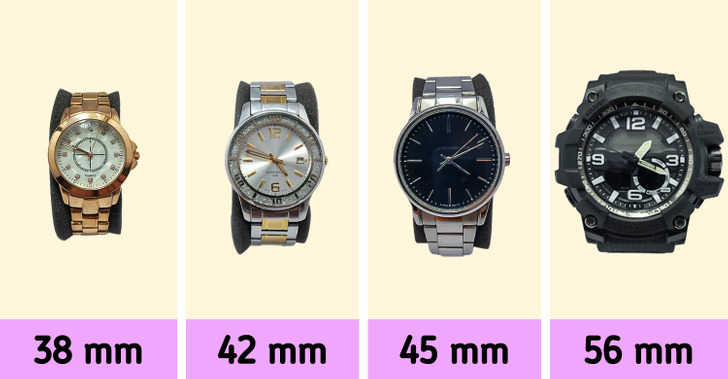How to Choose a Watch
A good watch will complete your outfit and improve your style. A person that wears a watch seems more dependable and reliable, but it is important to choose the right shape, size, and mechanics because a watch that is too big or too small for your wrist will not look good.
5-Minute Crafts will show you how to choose a watch that suits you.
Step 1: Measure your wrist.
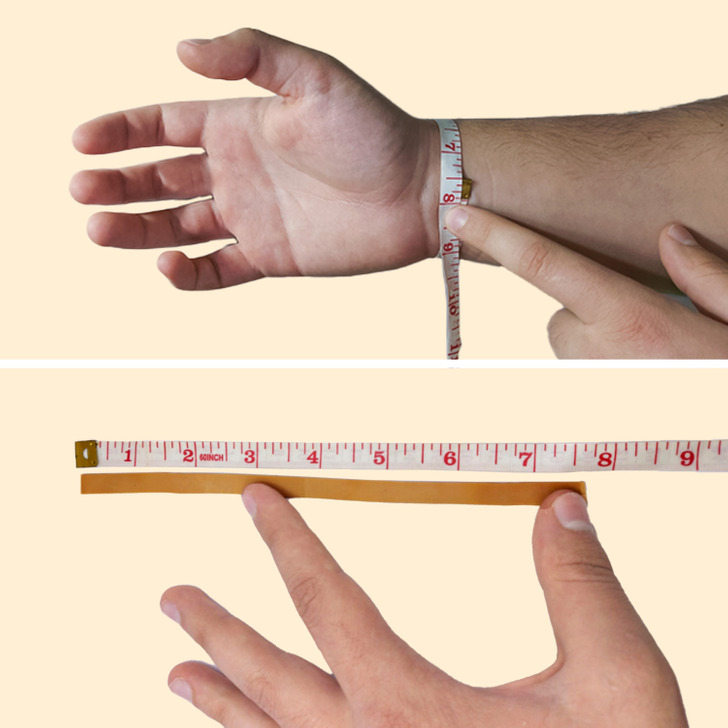
When choosing a watch, it is important to know your wrist size. Grab some tailor’s tape and open the palm that you will be measuring. Wrap the tape around your wrist bone on the hand that you are planning to wear the watch, which usually is your non-dominant one. If you don’t have any tailor’s tape, use a string the same way, then measure the string with a ruler or measuring tape.
Step 2: Get familiar with the watch.
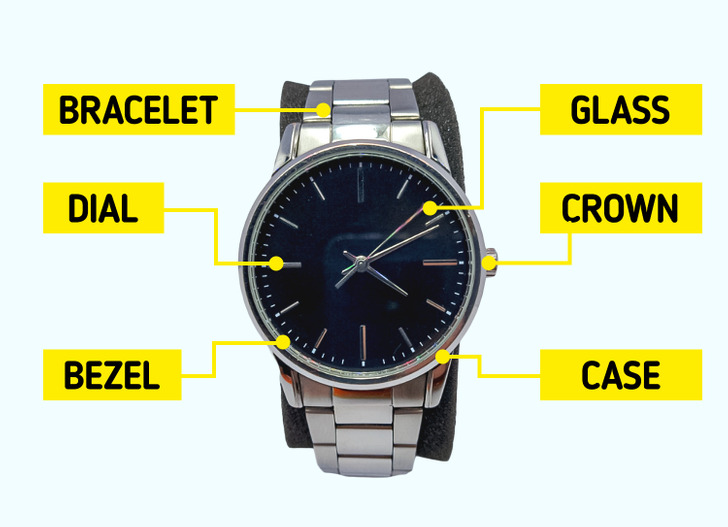
When you are picking a watch, it is good to consider its features. These are the case, bezel, dial, glass, bracelet, and more.
- The case is the body of the watch containing all the important parts inside. They are made of plastic or stainless steel, and some of them are made from wood.
- The bezel is the ring that is around the dial and the glass. It can have some functions as a tachymeter. It can be made of ceramic or metal.
- The dial is the surface underneath the glass. On it are the dial watch, logo, and numbers.
- The glass is the material that is above the dial. It can either be flat or curved and is typically made from mineral sapphire crystal or acrylic.
- The bracelet is a strap that wraps around your hand. It is usually made from metal.
- The crown is located at the 3 o’clock position. It is used for winding, adjusting the time, or other functions on the watch.
Step 3: Chose watch movement.
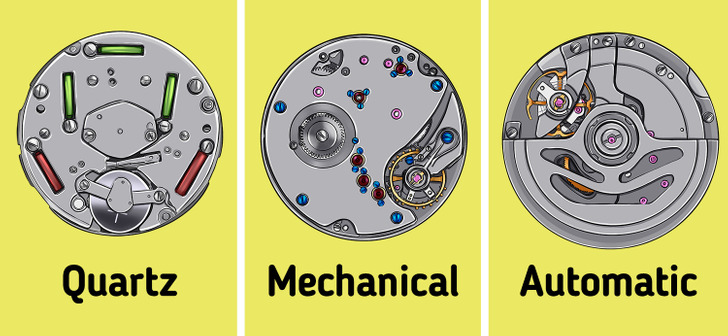
There are many watch movements to choose from, but the most common are quartz, automatic, and mechanical.
- A quartz watch is a solar or battery-powered cell, and the time is regulated by a quartz crystal.
This type of watch is good for people who want a watch that does not need winding and has cheap maintenance costs. It is more resistant to vibration and movements compared to other watches. - Automatic watches have a mechanical, self-winding mechanism. It is powered by energy that is created by wearing it. This type of watch is more susceptible to damage, but it will outlast any watch if taken care of properly and can be passed on to the next generation.
- Mechanical watches have a similar mechanism to automatic ones, but they need to be manually winded every day. This type of watch is also prone to damage and may lose or gain a couple of seconds a day. Mechanical watches are for people that look for fine craftsmanship and aesthetics.
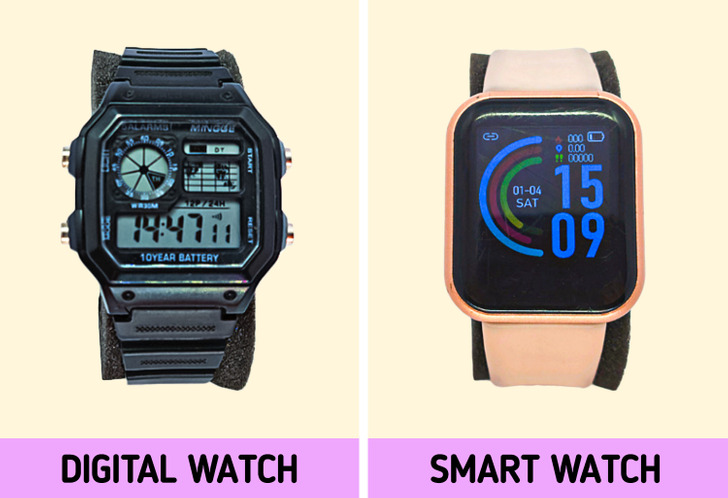
- Digital watches have a display and numbers on a face that is usually made from plastic and rubber. They may have a couple of features, like a stopwatch, calendar, and dual time. These watches are good choices for kids because they are durable and inexpensive.
- Smartwatches are basically like having a phone on your wrist. They can be connected to your smartphone via Bluetooth and send notifications from your phone to the watch. Smartwatches have a lot of different features, like heart rate monitors, blood pressure monitors, sleep monitors, activity trackers, and more.
Step 4: Chose a watch style.
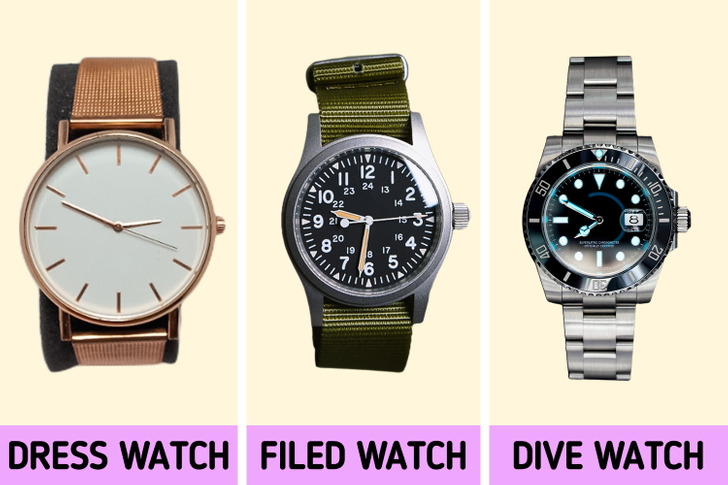
- A dress watch is a simple and elegant accessory. It looks best when combined with a suit and has a slim, minimalistic body with leather straps.
- The field watch has a high contrast face. It is usually black with white numbers. It has a larger case with nylon straps. It is a durable, robust timepiece that pairs well with a T-shirt and dark denim jeans.
- Dive watches, as the name suggests, are made for diving and are waterproof to a minimum of 300 feet. They have rubber or metal straps with a rotating bezel, and the numbers glow in the dark.
Step 5: Chose the watch size.
